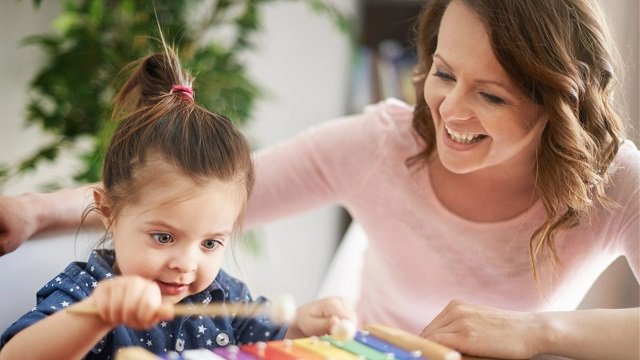Selecting a child care facility for before and after school care requires parents to prioritize safety. Verifying that the facility adheres to stringent safety standards can provide peace of mind as their children are cared for. This guide highlights the key safety standards that parents should confirm to ensure their child’s well-being and security.
1. Licensing and Accreditation
The first step in assessing a child care facility is to check its licensing and accreditation status.
- State Licensing: Verify that the facility has a current state license, which ensures it meets minimum health and safety standards set by state regulations.
- Accreditation: Look for accreditation from reputable organizations, which means the facility meets higher standards than those required by the state. Accreditation involves regular reviews and audits, providing an additional layer of trust.
2. Staff Background Checks and Training
The qualifications and background of the staff are critical components of a safe child care environment.
- Comprehensive Background Checks: Ensure that all staff members, including teachers and support staff, have undergone thorough background checks, including criminal records, child abuse clearances, and reference checks.
- Ongoing Training: Staff should receive regular training on child safety protocols, emergency procedures, and child development to handle day-to-day activities and unexpected situations professionally.
3. Child-to-Staff Ratios
A low child-to-staff ratio is essential for adequate supervision and safety.
- Ratio Standards: Check that the facility adheres to state-recommended or lower child-to-staff ratios. More staff per child can lead to better supervision and quicker response to any incidents or needs.
- Group Sizes: Smaller group sizes allow for more effective monitoring and provide a safer, more controlled environment.
4. Physical Environment Safety
The physical setup of the facility should be designed to prevent accidents and promote a safe learning and playing environment.
- Safe Play Areas: Outdoor play areas should be securely fenced, equipment should be well-maintained, and surfaces should have shock-absorbing materials to minimize injury risks.
- Indoor Safety: Check for safe, non-toxic materials, secure furniture, and childproofing measures such as covered electrical outlets, gates on stairs, and window guards.
5. Health and Hygiene Practices
Good health and hygiene practices are crucial in preventing the spread of illnesses in a child care setting.
- Cleanliness: The facility should be clean and well-maintained, with regular disinfecting of surfaces and toys.
- Sick Policies: Effective policies should be in place to manage sick children, including when to send a child home and how to isolate them from others if they become ill during the day.
6. Emergency Preparedness
A comprehensive emergency plan is essential for any child care facility, ensuring staff and children know what to do in case of an emergency.
- Emergency Plans: Ask about the facility’s emergency plans, including evacuation routes, emergency contacts, and procedures for natural disasters, fires, or other potential threats.
- Regular Drills: Ensure that the facility conducts regular drills to practice emergency procedures, making them a routine part of the staff and children’s awareness.
7. Nutrition and Food Safety
For facilities providing meals, food safety is an important consideration.
- Meal Plans: Check that meals provided are nutritious, age-appropriate, and prepared in a hygienic environment.
- Allergy Management: The facility should have a clear policy on managing food allergies, including preventing cross-contamination and knowing how to respond to allergy-related emergencies.
Conclusion
Choosing a before and after school care facility requires careful evaluation to ensure it offers a safe, nurturing, and growth-promoting environment for your child. Start by visiting the facility to observe how the staff interact with the children and to gauge the overall atmosphere. Inquire about the staff’s qualifications and experience, and review the facility’s safety protocols and emergency procedures. By confirming these safety measures and ensuring there is a dynamic curriculum that fosters both educational and social development, parents can feel more confident in their child care decisions. Knowing their child is in a secure and supportive setting allows parents to concentrate on their work, reassured that their child is well cared for in an enriching environment.




